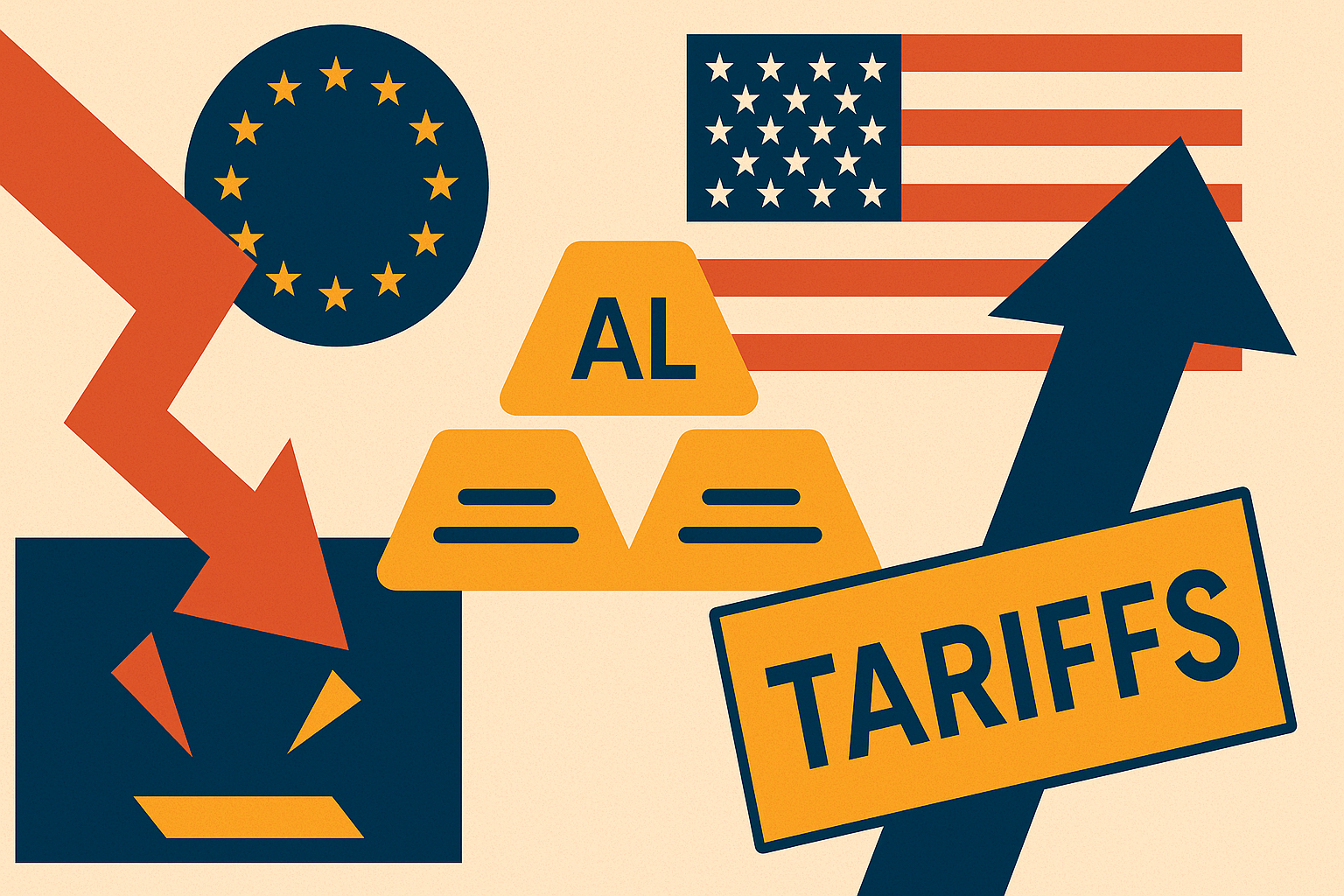The Irish building materials giant CRH is facing scrutiny in Ukraine after expanding its control of the country’s cement sector through a major acquisition, with critics warning that the move could undermine competition and inflate prices during a future reconstruction boom.
Market Dominance Concerns
Sergii Pylypenko, head of Ukraine’s building materials group Kovalska, said CRH’s €100mn purchase of Dyckerhoff’s Ukrainian assets — approved by regulators last year — has given the company “an almost 50 per cent share” of the domestic cement market. “This contains huge risks for the future needs of Ukraine,” he told the Financial Times.
Kovalska, Ukraine’s biggest cement consumer, has challenged the deal in court, arguing that the approval by the Anti-Monopoly Committee of Ukraine (AMCU) was flawed. The country’s supreme court is set to hear the case in September after Kovalska lost its earlier appeal.
Regulatory Conditions and Divestment
The AMCU approved CRH’s purchase on the condition that it sell at least 25 per cent of the acquired assets to an independent investor, citing concerns over market concentration with Ivano-Frankivsk, Ukraine’s second-largest cement producer. The regulator put CRH’s market share at 46 per cent, though company insiders argue it is closer to 40 per cent.
In June, the AMCU named Divinereach, a newly formed Irish vehicle owned by the O’Reilly family, as the approved buyer. While Divinereach was chosen through a competitive process, critics note the group has no prior experience in the cement industry. Ukraine’s largest construction association, where Pylypenko is deputy chair, raised these concerns in a letter to Ireland’s foreign minister Simon Harris.
CRH’s Position and Investments
CRH, which has operated in Ukraine since 1999, defended the acquisition, saying it was cleared following an “extensive review process” and represents a long-term commitment to Ukraine’s infrastructure and housing needs. The company has invested about $80mn in Ukraine since Russia’s 2022 invasion and previously closed inefficient “wet kiln” plants as part of modernization efforts.
“This was a private transaction between two large international players, not an open sale,” CRH said, noting that Kovalska was not involved. It added that the acquisition is part of its strategy to strengthen production capacity ahead of reconstruction demand.
Industry and Political Backdrop
Ukraine’s cement industry has been significantly weakened by war. Before Russia’s full-scale invasion, Ukraine produced about 11mn tonnes of cement annually, with Kovalska consuming roughly 10 per cent. Production capacity has since fallen due to the loss of facilities in Crimea, Donetsk, and destruction from the conflict. Imports remain limited by high anti-dumping duties, particularly on Turkish cement.
Pylypenko argued that CRH’s strategy is less about boosting capacity and more about consolidating control. “They are using this opportunity to take over a competitor, to close it down or limit production, in order to profit from the plants they already operate,” he said.
Wider Implications
The dispute sheds light on the importance of cement for Ukraine’s eventual recovery and on the role of regulatory institutions under President Volodymyr Zelenskyy. The AMCU itself has come under pressure, with its chair Pavlo Kyrylenko facing corruption allegations, which he denies.
With Western governments expected to provide billions in reconstruction aid, critics fear that CRH’s dominance could result in inflated cement prices. “Can you imagine if we have premium prices without justification?” Pylypenko warned.
The case highlights both the opportunities and tensions as Ukraine prepares for a potential rebuilding phase — and as international investors seek to secure their share of the market.








